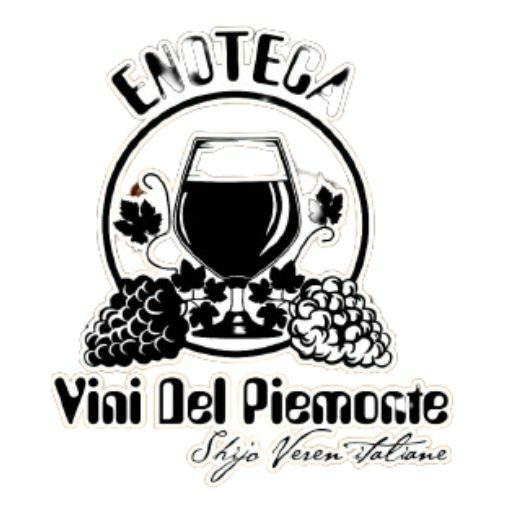The Noble Grape of Piedmont
Nebbiolo, often referred to as “the king of Italian red grapes,” is one of the most prestigious and iconic varieties of Piedmont. Thanks to its exceptional ability to express terroir and its remarkable aromatic complexity, Nebbiolo has captured the hearts of winemakers and wine enthusiasts worldwide. Let’s explore what makes this grape so special, its ideal growing regions, and its unique characteristics.
Origins and History of Nebbiolo
Nebbiolo is an indigenous grape of Piedmont, cultivated in the region for centuries. Its name likely derives from nebbia(fog), referencing the autumn mists that envelop the vineyards during harvest or the hazy bloom on the ripe grapes. The first written records of Nebbiolo date back to the 13th century, though its cultivation likely began long before.
Nebbiolo has long been associated with prestigious wines such as Barolo and Barbaresco and was a favorite of nobles and royal courts. Today, it remains one of the most iconic and celebrated grape varieties in Italian viticulture.
Characteristics of the Nebbiolo Grape
Nebbiolo is a demanding and challenging grape to grow, but when cultivated under the right conditions, it produces wines of extraordinary elegance and longevity.
- Growth and Maturation: Nebbiolo is a late-ripening variety that thrives in cool, well-ventilated climates with significant day-to-night temperature differences. It prefers sun-drenched hillsides and calcareous, clay-rich soils like those found in the Langhe.
- Appearance: The grapes are small, with thin skins rich in tannins.
- Aromatic Profile: Nebbiolo wines are known for their complex and layered aromas, ranging from red fruits such as cherry and raspberry to floral notes of dried rose and violet, along with earthy, spicy, and balsamic undertones that emerge with aging.
- Structure: Nebbiolo wines are characterized by high acidity, powerful tannins, and a full body, making them ideal for long aging.
Key Growing Regions for Nebbiolo
While Nebbiolo is cultivated in other parts of Italy and the world, Piedmont remains its spiritual home. Here are the main areas where Nebbiolo truly shines:
- Langhe: Home to two of Nebbiolo’s greatest expressions:
- Barolo: A powerful, complex, and age-worthy wine known as “the king of wines.”
- Barbaresco: Softer and more refined than Barolo but equally elegant.
- Roero: Nebbiolo from Roero is fresher and more delicate, thanks to its sandy soils.
- Northern Piedmont: In areas like Gattinara, Ghemme, and Boca, Nebbiolo (locally known as Spanna) produces lighter, mineral-driven, yet age-worthy wines.
- Nebbiolo d’Alba and Langhe Nebbiolo: More approachable and ready-to-drink versions that still capture the grape’s distinctive character.
Nebbiolo Around the World
In recent decades, Nebbiolo has found success beyond Italy, in regions such as California, Oregon, Australia, and Argentina. However, no other region has been able to replicate the complexity and elegance of Piedmontese Nebbiolo, thanks to the unique combination of climate, soil, and tradition found in its native land.
Food Pairings
Nebbiolo wines are incredibly versatile when it comes to food pairings, thanks to their structure and acidity. They pair beautifully with rich, flavorful dishes:
- Red meats: Roasts, braised beef, and game.
- Piedmontese dishes: Tajarin with white truffle, agnolotti del plin, and aged cheeses like Castelmagno and Pecorino.
- International cuisine: Stews, mushroom-based dishes, and spiced barbecue.
Conclusion
Nebbiolo is much more than just a grape variety: it is a symbol of winemaking excellence, a true expression of Piedmont’s terroir, and a testament to the dedication and skill of its producers. Every glass of Nebbiolo tells a story of tradition, passion, and the pursuit of something truly unique and memorable.
If you are a wine lover and haven’t yet experienced Nebbiolo, let yourself be guided by its complexity and elegance—it promises an unforgettable sensory journey.

